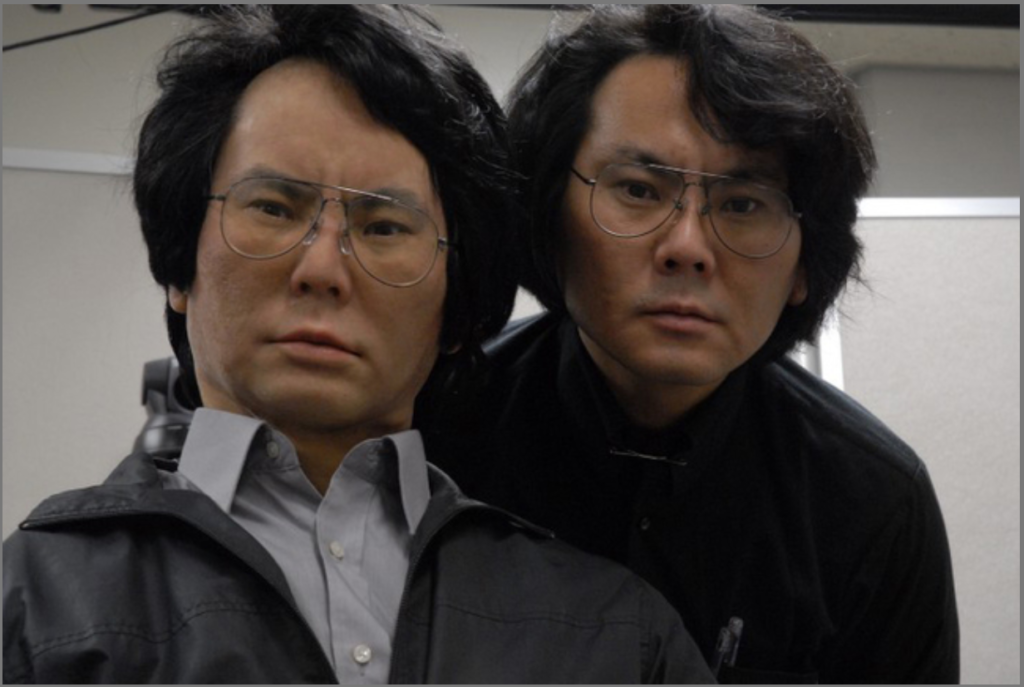The world of humanoid robotics is powered by bold innovators—engineers, scientists, and companies pushing the edge of technology to create machines that walk, talk, and think like us. From labs in Japan to companies in the U.S. and Europe, these creators are turning science fiction into tangible reality.
👤 Hiroshi Ishiguro – Osaka University, Japan
Known for creating ultra-realistic androids like Geminoid HI‑1, Ishiguro’s work focuses on the nature of identity and human-robot interaction. His robots mimic facial expressions, speech, and gestures—exploring the essence of human presence.
🦿 Boston Dynamics – Atlas
Famous for Atlas, an agile humanoid robot capable of parkour, backflips, and dynamic mobility. Boston Dynamics blends cutting-edge mechanical engineering with real-time control systems to create robots ready for disaster zones and industrial tasks.
👣 Honda – ASIMO
A pioneer in interactive robotics, Honda’s ASIMO was one of the first humanoids capable of walking, climbing stairs, and recognizing people. ASIMO opened new doors for robots as assistants and public-facing companions.
😊 SoftBank Robotics – Pepper
Pepper is a humanoid robot designed to detect emotions and engage with people in meaningful conversations. It’s been widely used in retail, banking, and healthcare for its social intelligence and expressive design.
🎭 Engineered Arts (UK) – Ameca
Ameca is one of the most expressive humanoid robots in the world. Built for social interaction, it’s capable of human-like facial movements that enable it to smile, blink, and respond with realistic emotion.
🛩️ Caltech Robotics – LEONARDO
Part humanoid, part drone, LEONARDO walks and flies using a unique hybrid design. It can slackline, skateboard, and hop over obstacles, showcasing a new frontier in aerial-ground mobility.
🌐 Why Their Work Matters
These innovators aren’t just building robots—they’re redefining how we live alongside them. Their creations are laying the groundwork for robots that:
- Assist the elderly and disabled
- Support emergency response in dangerous environments
- Educate and entertain in classrooms or homes
- Offer personalized service in stores, hospitals, and airports
As their inventions become more lifelike, capable, and responsive, we edge closer to a world where robots are not just tools—but trusted companions.

